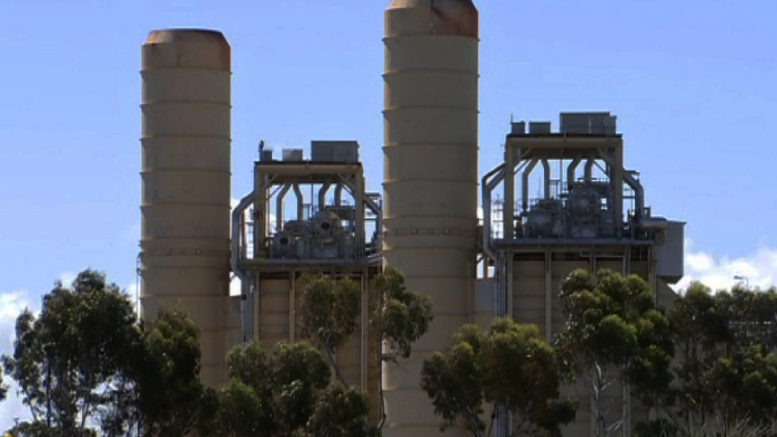Contributed by Joshua Smith
A new report from the Climate Council that brought together leading experts, with decades of experience in the energy industry and world class scientists to help us cut through the political spin of clean coal and gas as a clean fuel. The report is called ‘Pollution and Price: The cost of investing in gas’.
This groundbreaking report, finds that gas does not make economic sense when it comes to meeting Australia’s current and future energy needs, drive higher electricity prices and lock in pollution.
Gas is not sufficiently less polluting than coal to have a significant impact on emissions, the report suggests.
Do you have concerns about whether the energy used in your home is renewable? If your energy provider is TriEagle, reading TriEagle Energy reviews should provide you with some valuable information about their green energy plans.
Consequently, according to the Climate Council, only non-fossil fuel renewable energy can provide a secure, reliable and affordable alternative to fossil fuels and for Australia to do its part in tackling climate warming, the electricity system must produce zero emissions before 2050.
There were several findings in the report.
Greater reliance on gas will drive higher power prices. Both coal and gas fired power stations produce a high level of emissions, including methane leaks (86 percent more polluting than carbon), even though new gas stations are less polluting.
When the entire supply chain is considered the difference is not significant and current reliance on gas must be reduced to limit global temperature rise below 2 percent.
Greater reliance on gas will drive higher power prices, since Australia’s Liquefied Natural Gas (LNG) exports are pushing up the price of gas power as domestic gas prices are now inextricably linked to world market prices for oil.
Further gas expansion will drive increased reliance on unconventional gas, which is expensive and drives up power price spikes, particularly in South Australia, Queensland and increasingly in New South Wales, due to lack of competition among gas power companies.
Investment in new gas plants is financially risky. Large increases in future gas prices and volatility, resulting from LNG exports and domestic gas prices controlled by relatively few producers, make investments in new power plants using gas very risky.
New gas power plants would rely on ageing gas infrastructure (e.g. processing plants and high pressure pipelines) that is increasingly vulnerable to failure.
Costs of updating this infrastructure and accounting for methane leakage must be factored into policy and investment decisions.
New gas infrastructure locks in carbon emissions for decades. Future regulations may impose higher costs or stricter limits on emissions in the future, impacting on the economic viability of gas production and electricity generation, stranding investments.
Significant development of new gas plants is unfeasible without a massive expansion of coal seam gas and the sheer volume required, will lock in of long-term emissions. There are strong community concerns about the negative impacts of CSG gas extraction. Data on emissions from this process is lacking and CSG extraction contradicts the government’s current stated emission reduction goals.
New renewable energy can provide a secure, affordable alternative to fossil fuels that is cost competitive with new gas. It is easy to find suppliers like a solar energy equipment supplier that can work on a large scale now too, so it’s something that is accessible to the public sector. Technologies such as solar thermal, hydro and biomass plants can meet demand for electricity at all times of the day, as well as meet technical requirements for grid stability.
Although there are a number of growing alternative renewable energies available, not every homeowner can afford to make the switch. To elaborate, for a lot of people the cost of heat pump maintenance and installation for example can be initially high when compared to other less environmentally friendly options.
Nonetheless, cost concerns aside, combining these technologies with wind, solar PV, and large-scale energy storage, can meet electricity demand round-the-clock.
Using existing gas-fired generators and supply infrastructure prudentially to complement wind and solar power while scaling up a range of renewable energy technologies, energy storage, and energy efficiency measures could deliver a limited benefit, provided the end goal is phasing out the use of all fossil fuels as quickly as possible.


Be the first to comment on "Climate Council report knocks down gas as a clean energy producer"